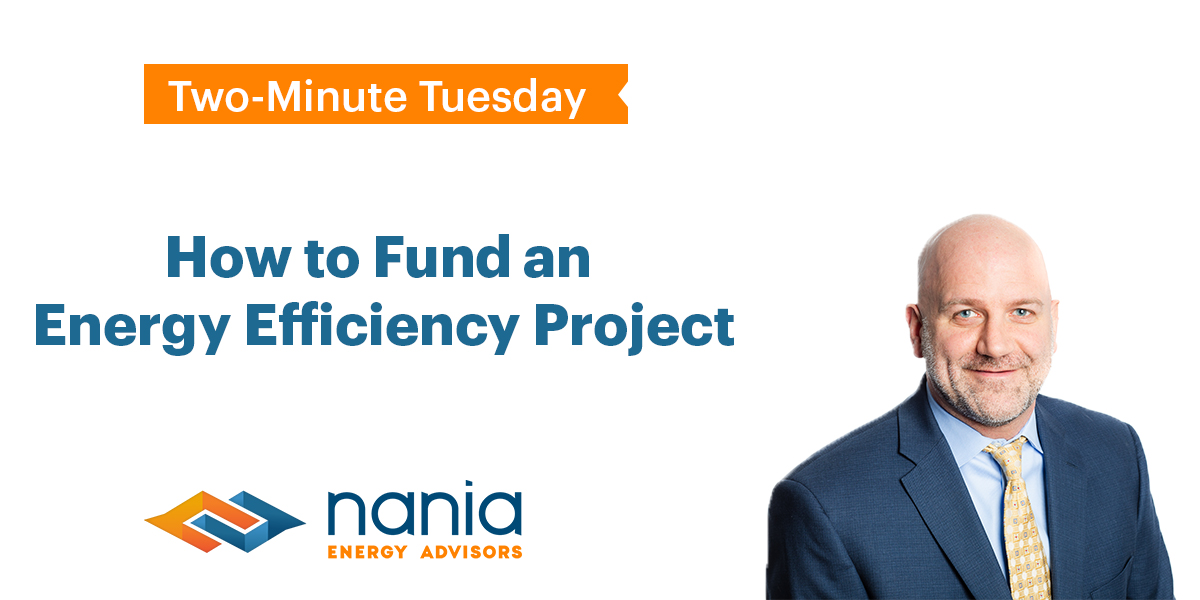Video Transcript
Another way you can reduce costs outside of commodity is energy efficiency. This is the replacement of any kind of equipment at your site that reduce both your usage and maintenance costs for energy.
Now you might be thinking, “In these times, who has the capital to pay for these types of projects?”
There are many options out there that can help pay down or even let you walk into new equipment without any upfront costs.
Utility Rebates
First is utility rebates. This is going to depend on your state and utility, but many of these programs will help pay for a good portion of the project.
Federal Tax Deduction
Second is the federal tax deduction US179D. It’s only in place until the end of this year (it’s yet to be renewed), but it’s a tax deduction for energy efficiency projects for commercial buildings.
One caveat is that you need to show a profit to be able to capitalize on a tax credit. That is something that we have had to bring up in a post-COVID world.
Funding Options
Third is that there are funding options out there. Previous to COVID, there were a lot of CapEx projects where you would write the check and then the savings would flow to you every month.
Now, there are options out there where you can walk into new equipment without any out-of-pocket expenditures. To dial down on what these options are, we primarily see three out there.
1) On-Bill Financing
Under this option, the energy supplier writes the check for the project. Then, you negotiate a structured fee on your energy bill over some defined period.
There are certain tax advantages with this option, and we’ve seen a lot of popularity in it.
2) Property Assessed Clean Energy (PACE) Projects
This will depend on if your county participates in this program — it’s a national program. A third party will pay for your project, and then you negotiate a structured fee that would actually be placed on your property tax bill.
These programs are very popular with REITs (Real Estate Investment Trusts) or any kind of location that is bought and sold because they’re a lot easier to transfer to a new owner as part of the property tax bill.
3) Performance Contracting
Again, there are no upfront costs. You would pay the contractor back through a negotiated percentage of the savings that are provided by the project.
To access the full webinar recording, email info@naniaenergy.com.
Follow us on LinkedIn!



